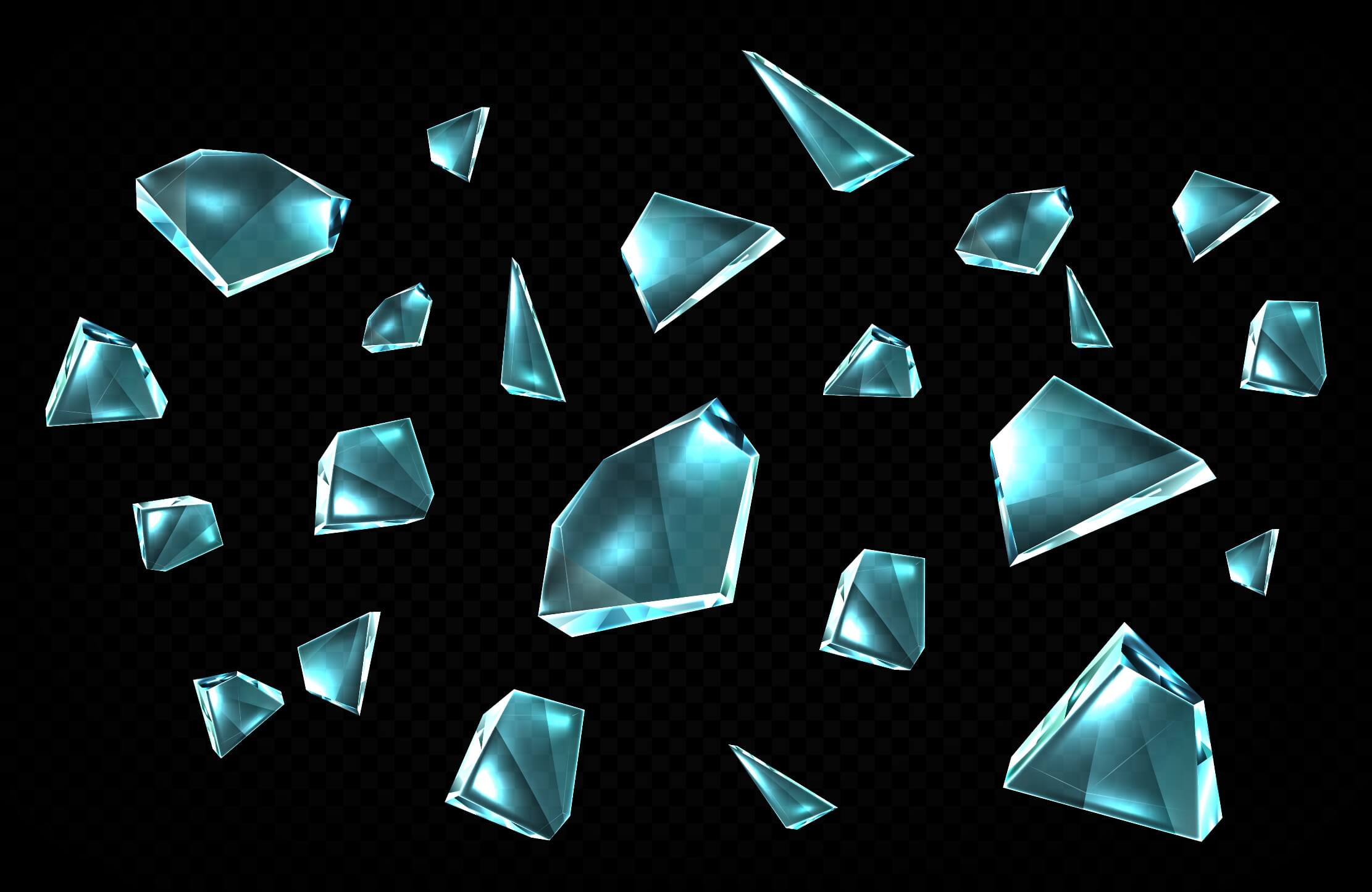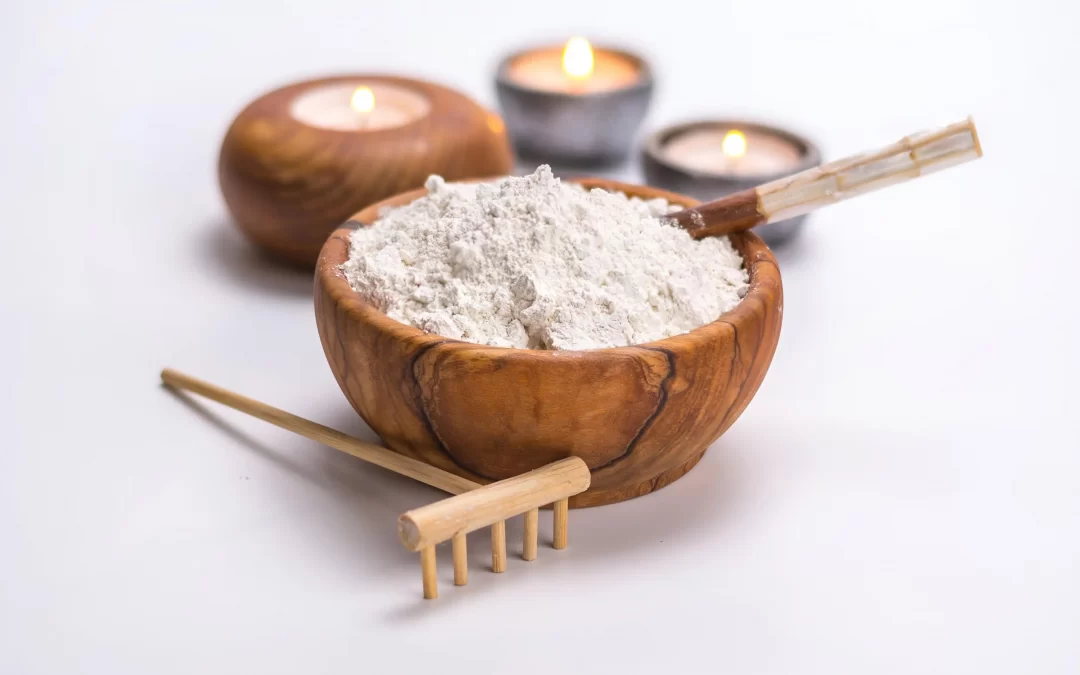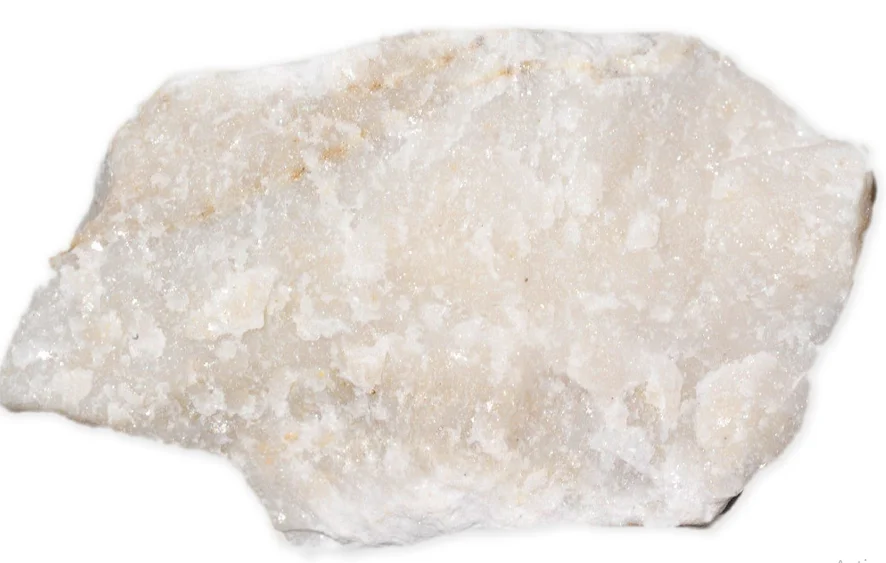Mineral resource is the concentration of occurrence of material that is in the earth’s crust in which quality and quantity are reasonable prospects for economic extraction. Mineral resources are valuable and legally, technically and economically flexible to extract. Sustainable development of the mineral resources is thus vital for its existence.
GMCI Silica is the most abundant material on earth comprising approximately 26% of Earth’s crust by weight. It is the common name for inorganic ceramic materials made up of silicon dioxide. Free silica occurs in the crystalline form with a composition very close to that of silicon dioxide. The pure silica minerals are colourless and transparent and have a vitreous lustre. They are nonconductors of electricity and are diamagnetic.
GMCI produces two forms of silica:-
1. Quartz
2. Silica Sand
QUARTZ
GMCI mined Quartz crystal is a strong crystalline mineral made up of one part of silicon and two parts of oxygen. The quartz crystals are hexagonal and differ mainly in size and colour. It is robust and chemically inert and has a high heat resistance and electrical properties.

GMCI Quartz crystal is the main constituent of granite and other felsic igneous rocks. It is also common in sedimentary rocks such as sandstone and shale. It is also a common constituent of schist, gneiss, quartzite, and other metamorphic rocks. GMCI Quartz is found in many different varieties, many of which are semi-precious gemstones.
GMCI Quartz finds application in many industries as:
• An abrasive in sandblasting in the Glass industry
• As foundry sand in refractory bricks
• As artificial sand for baseball fields and volleyball courts
• Raw material in high-quality gem production

SILICA SAND
Silica Sand is quartz crystals that are broken down over time into tiny granules through the work of water and wind. It is one of the most common types of sand that has various applications.
Silica Sand deposits are surface-mined in open pit operations. GMCI’s Silica Sand is a result of extracted ore that has undergone considerable processing to increase the silica content by reducing impurities. It is then dried and sized to produce the optimum particle size distribution for the intended application.
GMCI’s Silica Sand is moisture-free, firable, and hard. It is mainly brown to grey in color. The grain size of the particles of our Silica Sand is variable.


GMCI’s Silica Sand application is varied, a few of which are:
• GMCI’s Silica Sand is the main component of all kinds of standard and specialty glass. It provides the essential SiO2 component of glass formulation, and its chemical purity is the primary determinant of color, clarity, and strength.
• GMCI Silica Sand’s high melting point (1610 degree Celcius) and low rate of thermal expansion make it the most suitable component of stable cores and molds compatible with all pouring temperatures and alloy systems.
• GMCI’s Silica Sand is an important component in the ceramic glazing method. It is the skeletal structure upon which clays and flux components attach.
• Besides this, Silica sand is also used in Filtration, Construction, Sports and leisure, agriculture, and many more.
Thus, GMCI’s Silica benefits many industries because of its high quality and purity.





